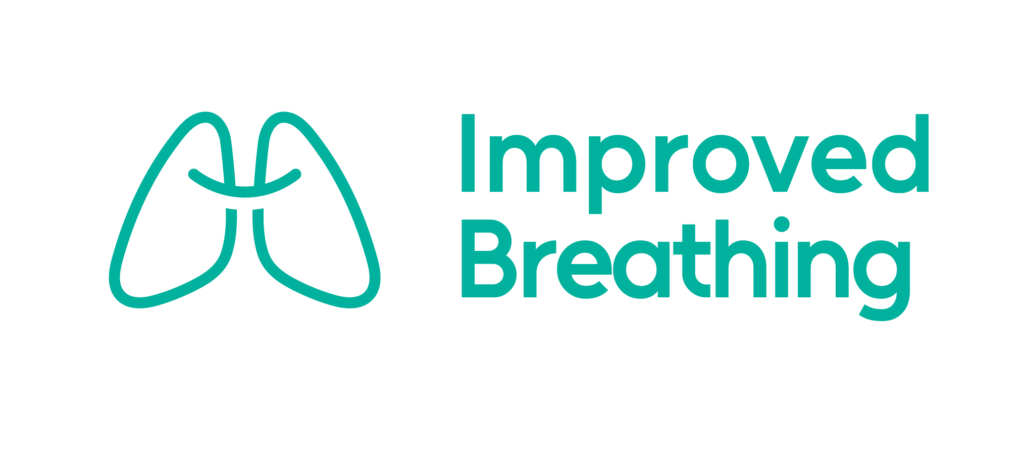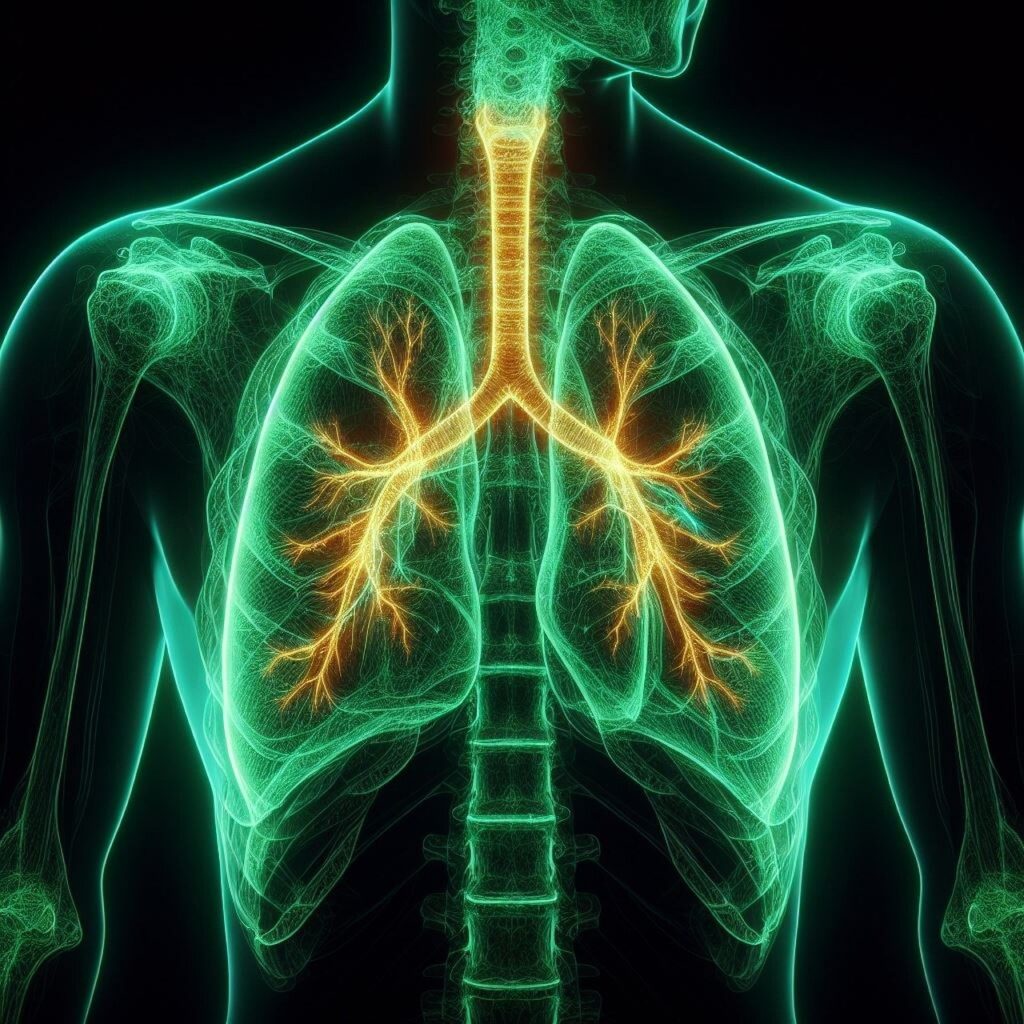Living with a chronic lung condition such as Emphysema, Chronic Obstructive Pulmonary Disease (COPD), or Asthma can be challenging. It’s crucial to understand the various factors that can contribute to lung damage, especially when you’re already managing a long-term respiratory condition. This knowledge can help you take proactive steps to protect your lungs and maintain the best possible quality of life. In this blog post, we’ll explore some of the most common sources of lung damage and discuss how they might affect those with existing lung conditions.
1. Smoking and Secondhand Smoke
Smoking remains the leading cause of preventable lung damage worldwide. For those with chronic lung conditions, smoking can dramatically accelerate the progression of their disease. The harmful chemicals in cigarette smoke can:
- Irritate and inflame the airways
- Destroy lung tissue
- Increase mucus production
- Reduce the lungs’ ability to clear out debris and fight infections
Even if you don’t smoke, exposure to secondhand smoke can be equally harmful. If you have a lung condition, it’s crucial to avoid smoke-filled environments and, if you’re a smoker, to seek help in quitting.
2. Air Pollution
Both outdoor and indoor air pollution can significantly impact lung health. Common sources include:
- Vehicle emissions
- Industrial pollutants
- Dust and particulate matter
- Volatile organic compounds (VOCs) from household products
For those with chronic lung conditions, exposure to air pollution can trigger flare-ups and exacerbate symptoms. It’s important to monitor air quality in your area and take precautions on high-pollution days, such as staying indoors or using air purifiers.
3. Occupational Hazards
Certain occupations carry a higher risk of lung damage due to exposure to harmful substances. These can include:
- Construction work (exposure to asbestos, silica dust)
- Mining (coal dust, silica)
- Manufacturing (chemical fumes, metal dust)
- Agriculture (grain dust, pesticides)
If you have a chronic lung condition and work in a high-risk environment, it’s crucial to use proper protective equipment and follow safety guidelines. Consider discussing your work environment with your healthcare provider to develop strategies for minimizing risk.
4. Infections
Respiratory infections, such as pneumonia, influenza, and even the common cold, can cause significant damage to lung tissue. For those with chronic lung conditions, these infections can be particularly dangerous and may lead to complications. It’s essential to:
- Stay up-to-date with vaccinations (e.g., flu shot, pneumococcal vaccine)
- Practice good hygiene, including frequent hand washing
- Avoid close contact with people who are ill
- Seek medical attention promptly if you develop symptoms of a respiratory infection
5. Allergens and Irritants
For many people with chronic lung conditions, especially those with asthma, allergens and irritants can trigger symptoms and potentially cause long-term damage if exposure is frequent or severe. Common triggers include:
- Pollen
- Dust mites
- Pet dander
- Mold spores
- Strong odors and fragrances
Identifying your personal triggers and taking steps to minimize exposure can help protect your lungs from further damage.
6. Chronic Acid Reflux
Gastroesophageal reflux disease (GERD) might not seem directly related to lung health, but it can contribute to lung damage over time. When stomach acid repeatedly backs up into the esophagus, it can sometimes be aspirated into the lungs, causing irritation and inflammation. This is particularly concerning for those with existing lung conditions. If you experience frequent heartburn or other symptoms of GERD, discuss treatment options with your healthcare provider.
7. Lack of Physical Activity
While not a direct cause of lung damage, a sedentary lifestyle can lead to decreased lung function over time. Regular physical activity helps maintain lung capacity and strengthens respiratory muscles. For those with chronic lung conditions, it’s important to engage in appropriate exercise as recommended by your healthcare provider. This might include:
- Walking
- Swimming
- Gentle cycling
- Respiratory physiotherapy exercises
8. Extreme Weather Conditions
Both very cold and very hot weather can stress the respiratory system. Cold air can cause bronchospasm (tightening of the airways), while hot, humid conditions can make breathing more difficult. Additionally, extreme weather events related to climate change, such as wildfires, can significantly impact air quality. Being aware of how different weather conditions affect your symptoms and taking appropriate precautions is crucial for lung health.
Protecting Your Lungs: Steps You Can Take
Given these common sources of lung damage, here are some steps you can take to protect your lungs, especially if you have a chronic lung condition:
- If you smoke, seek support to quit. Avoid secondhand smoke exposure.
- Monitor air quality and limit outdoor activities on high-pollution days.
- Use air purifiers in your home, especially in bedrooms.
- Follow all safety protocols if you work in an environment with potential lung hazards.
- Get vaccinated against respiratory infections and practice good hygiene.
- Identify and avoid your personal allergen and irritant triggers.
- Manage any underlying conditions, such as GERD, that might affect your lung health.
- Engage in regular, appropriate physical activity as advised by your healthcare provider.
- Be mindful of weather conditions and how they affect your symptoms.
- Stay hydrated and maintain a healthy diet rich in antioxidants to support overall lung health.
Remember, while having a chronic lung condition presents challenges, understanding these common sources of lung damage empowers you to take proactive steps in protecting your respiratory health. Always work closely with your healthcare team to develop a comprehensive management plan tailored to your specific needs and condition.
By staying informed and taking these preventive measures, you can help maintain your lung function, reduce the frequency and severity of symptoms, and improve your overall quality of life. Your lungs are resilient, and with proper care, you can continue to breathe easier and live life to the fullest.













